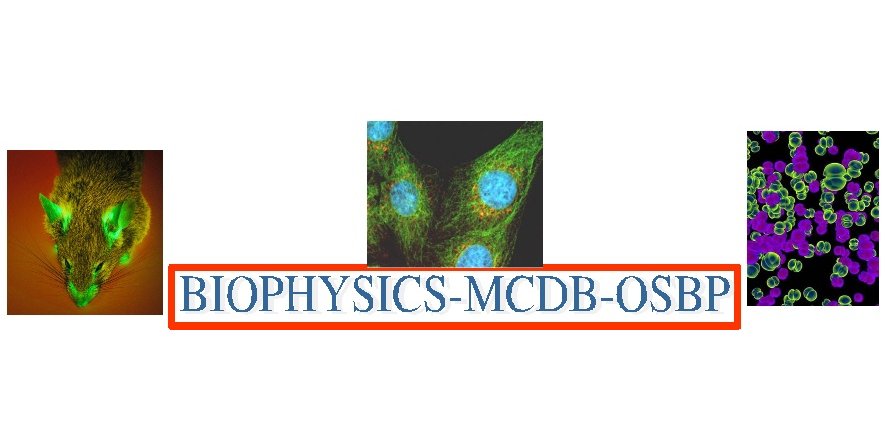Interdisciplinary Graduate Programs Symposium

2010 OSU Molecular Life Sciences
Interdisciplinary Graduate Programs Symposium

Poster abstracts
Abstract:
HTLV-1 and HTLV-2 are related but distinct complex retroviruses. HTLV-1 is associated with adult T-cell leukemia and a variety of neurological disorders. In contrast, HTLV-2 is less pathogenic, with few cases of leukemia and neurological disease. In addition to the structural and enzymatic proteins, HTLV encodes regulatory (Tax and Rex) and accessory proteins. Tax and Rex positively regulate virus production and are critical for viral replication and pathogenesis. We previously reported that the accessory gene product of the HTLV-1 and HTLV-2, p30xII and p28xII respectively, acts posttranscriptionally as a negative regulator of both Tax and Rex, by binding to and retaining their mRNA in the nucleus, leading to reduced protein expression and virion production. In cell culture p28 is dispensable, but is required for efficient viral persistence in infected animals. We seek to identify the functional domains of p28 responsible for its biochemical properties and posttranscriptional repression function. In addition we will determine the contribution of phosphorylation and acetylation to p28 function. Finally, using proteomics and molecular techniques we plan to determine the binding partners of p28 to better understand its mechanism of action. Thus far, we have generated and tested several p28 truncations in a reporter assay. Preliminary data shows that the last 60 amino acids of p28 are not required to repress Tax function, and the region 50-100 might be exercising an inhibitory role on p28 function. We also identified 6 serines and 1 tyrosine that are phosphorylated in cells. We are assessing their contribution to the overall function of p28. This study will allow us to better understand the interplay between the viral proteins and the host proteins that govern viral persistence, infectivity and pathogenesis and using comparative studies determine key factors responsible for the increased pathogenesis of HTLV-1 compared to HTLV-2.
Keywords: Human T-cell leukemia virus, p28